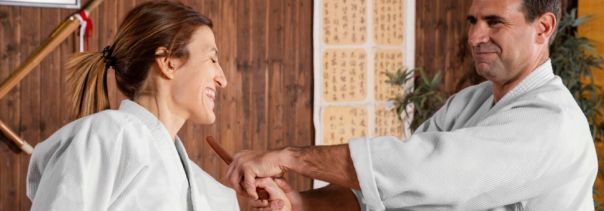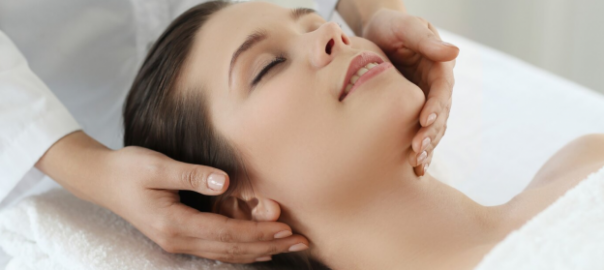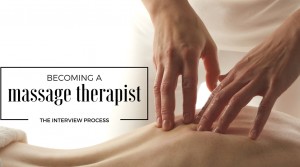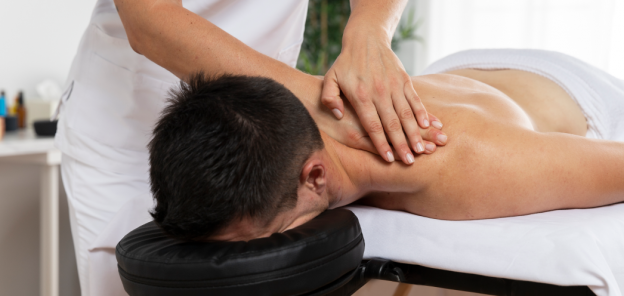
How to help new massage clients find you
If you have your own massage practice, one of the challenges of keeping it going involves the need to periodically expand your client base. When your massage practice slips into a lull, and you find yourself wanting to reach out and find new clients, but you don’t have the money on hand to launch any sort of a … Continue reading How to help new massage clients find you









